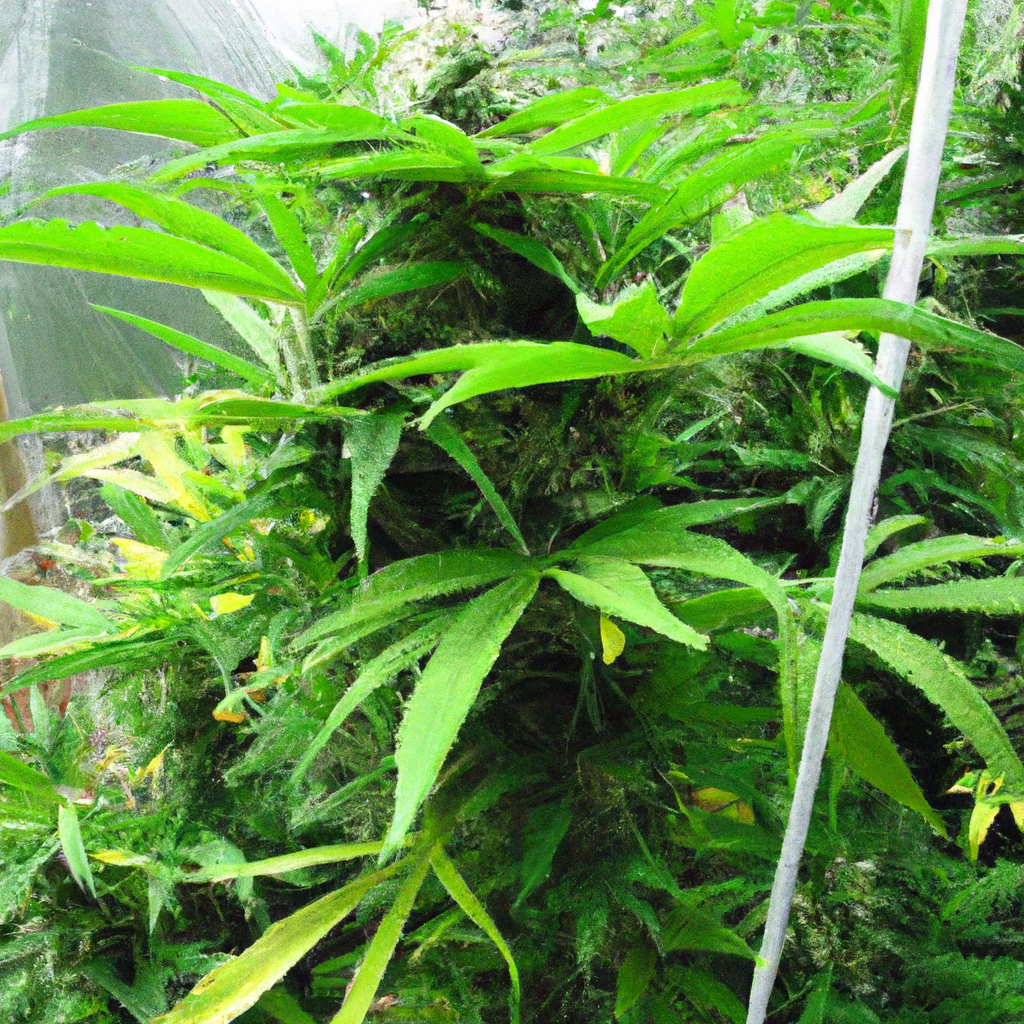Your cart is currently empty!
Successfully growing cannabis requires understanding various cultivation techniques, including the vital practice of staking. Staking supports your plants, especially those that become top-heavy due to vigorous flowering. Without proper support, cannabis plants risk damage or reduced yields. This article provides an in-depth look at essential staking strategies, ensuring your plants remain upright and productive throughout their life cycle.
Understanding the Importance of Staking
As cannabis plants grow, especially during the flowering stage, their branches can become overwhelmed by the weight of budding flowers. The practice of staking provides the necessary support to prevent stems from bending or breaking. Notably, staking also maintains optimal light exposure and airflow, which are essential for plant health and maximizing yield.
Common Staking Techniques
Numerous staking methods can be employed based on your growing setup and plant size. Here’s a list of some popular techniques:
- Single Stake Method: Ideal for potted plants. Insert a sturdy stake into the soil and gently tie the main stem using plant ties, ensuring not to damage the plant tissue.
- Trebling Stakes: Place three stakes around the plant in a tripod fashion, which provides comprehensive support for larger plants.
- Connecting Multiple Stakes: For longer rows in outdoor or larger indoor setups, drive stakes into the ground every few feet and connect them with garden twine for consistent support.
Step-by-Step Guide: Implementing the Single Stake Method
Follow these easy steps to properly apply the single stake method for your cannabis plants:
- Choose the Right Stake: Bamboo or metal stakes are recommended for their durability.
- Insert the Stake: Gently press the stake into the soil, keeping it at least 2-3 inches away from the main stem.
- Tie the Stem: Use soft plant ties to attach the main stem to the stake, starting from the base and working upwards. Ensure the ties are not too tight to allow for plant growth.
- Adjust as Needed: Regularly check your ties and stakes as the plant grows, adjusting for optimal support.
Real-World Examples of Successful Staking
Tom and Jerry, seasoned cannabis growers from Oregon, once faced a challenge with their Blue Dream plants due to unexpected rainfall. Heavy flower-laden branches began collapsing, risking their entire harvest. By implementing the trebling staking method mid-grow, they salvaged their crop, ultimately increasing airflow and enhancing light exposure. Their innovative use of stakes as a supportive framework underscores the importance of timely and effective staking strategies.
Conclusion
Staking is an integral part of successful cannabis cultivation. Whether using a simple single stake or complex structures, supporting your plants helps maximize yield potential and protect your investment. By understanding and implementing proper staking techniques, you can ensure healthy growth and prolific flowering in your cannabis plants.
To further enhance your cannabis-growing knowledge, consider experimenting with various staking methods to discover what suits your setup best. Your future harvests will thank you!
For more tips and in-depth guides, continue exploring our resources.
Discover more from Magic Clones
Subscribe to get the latest posts sent to your email.


Leave a Reply